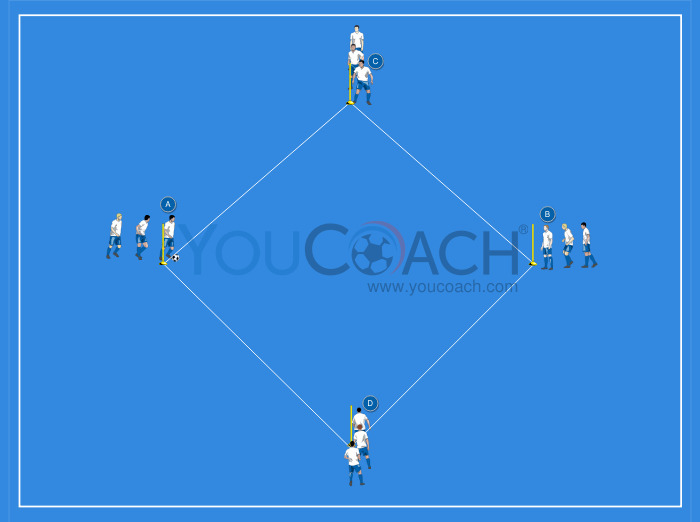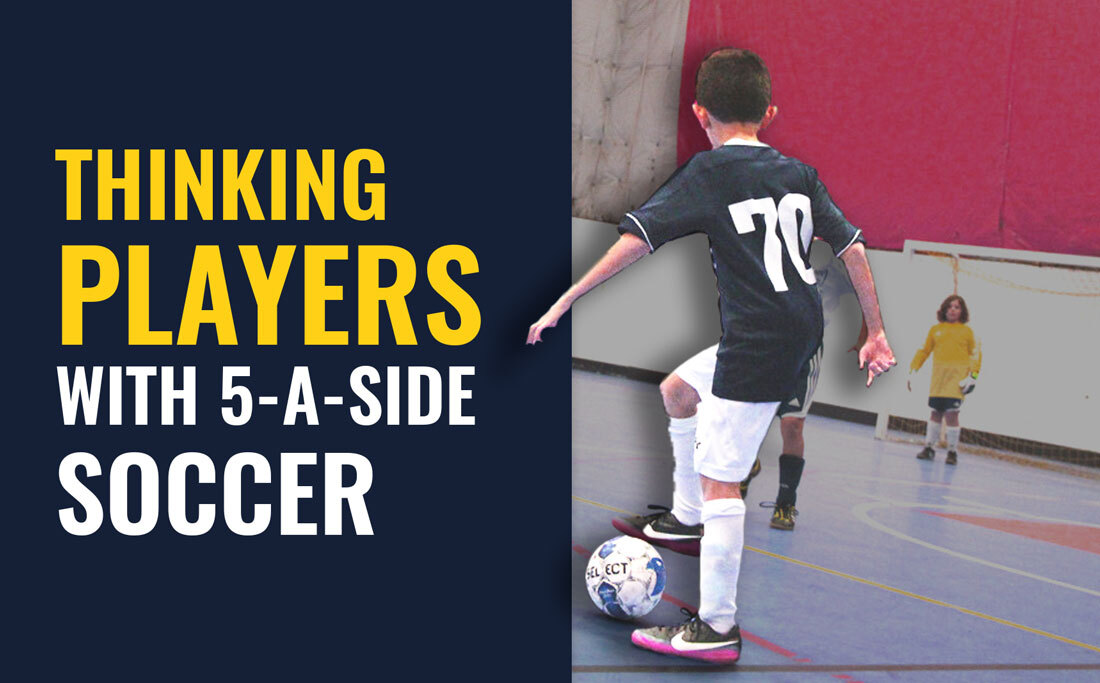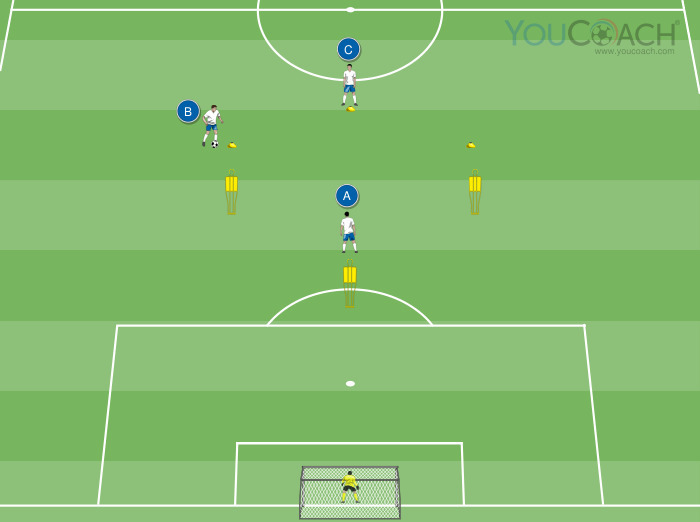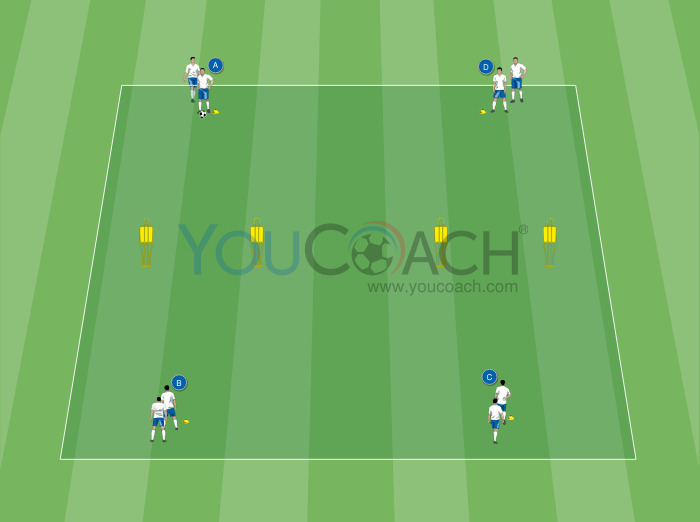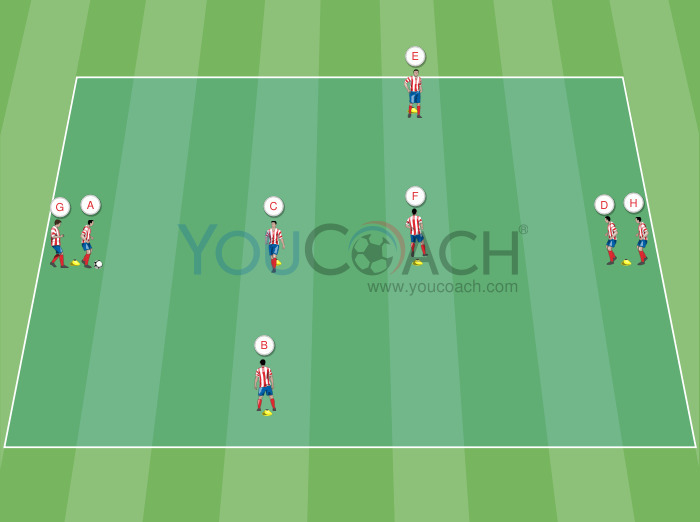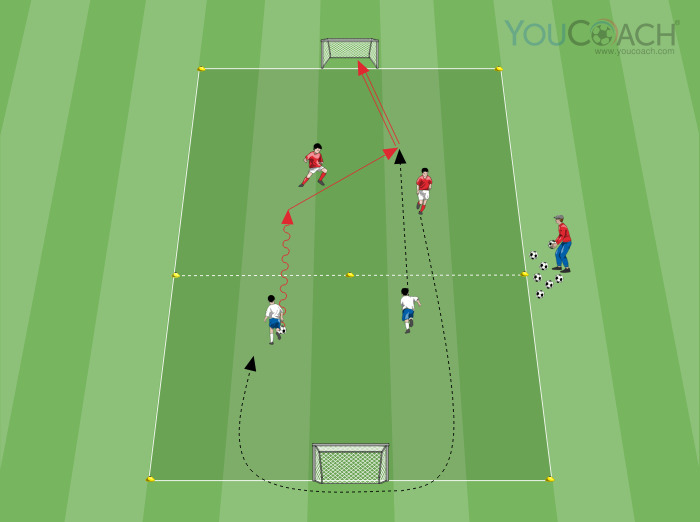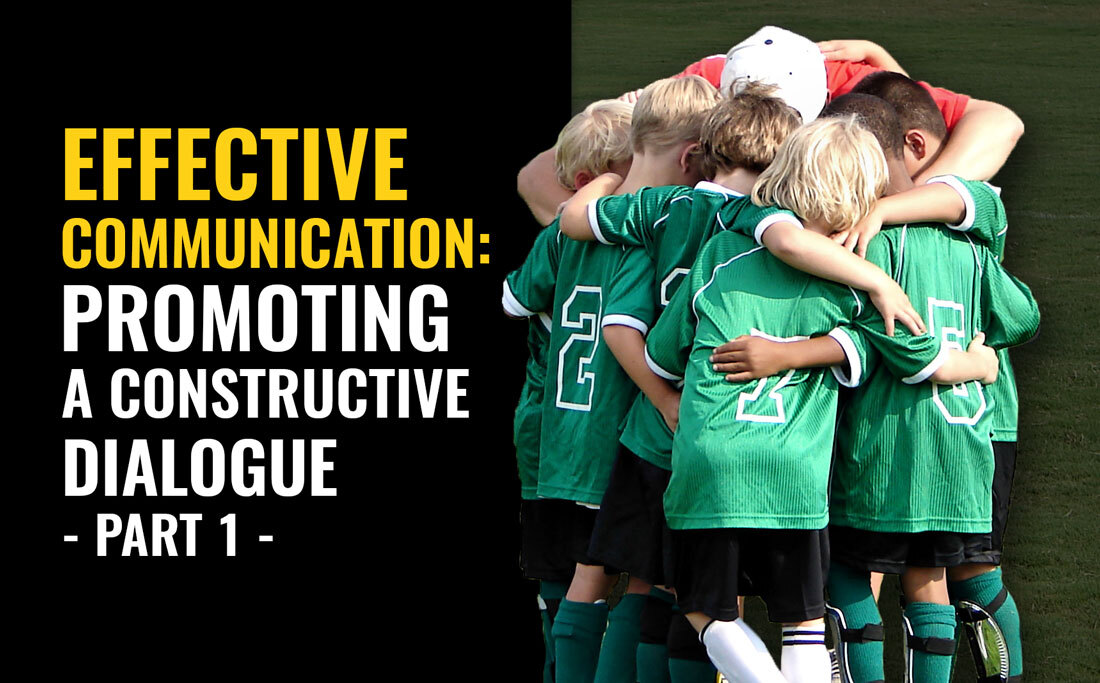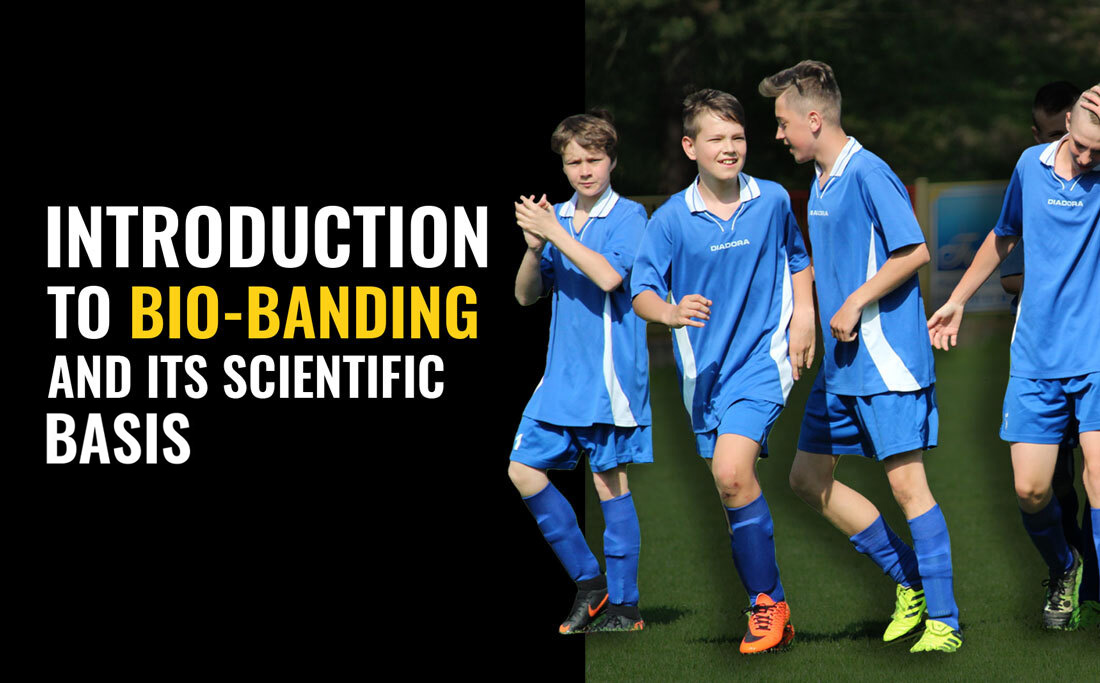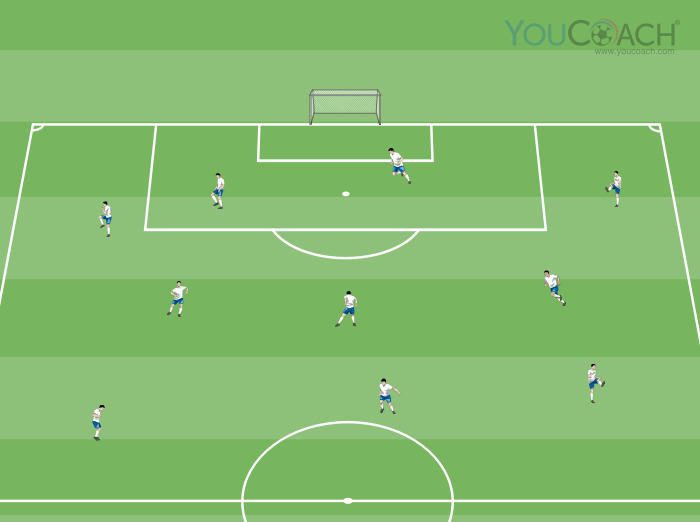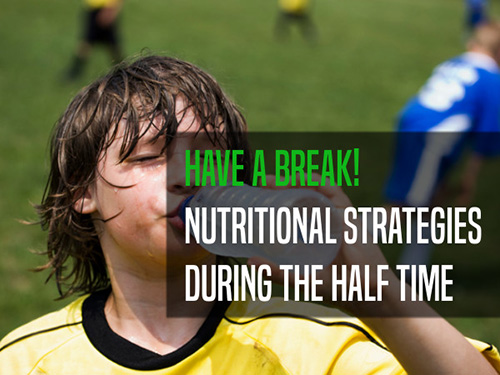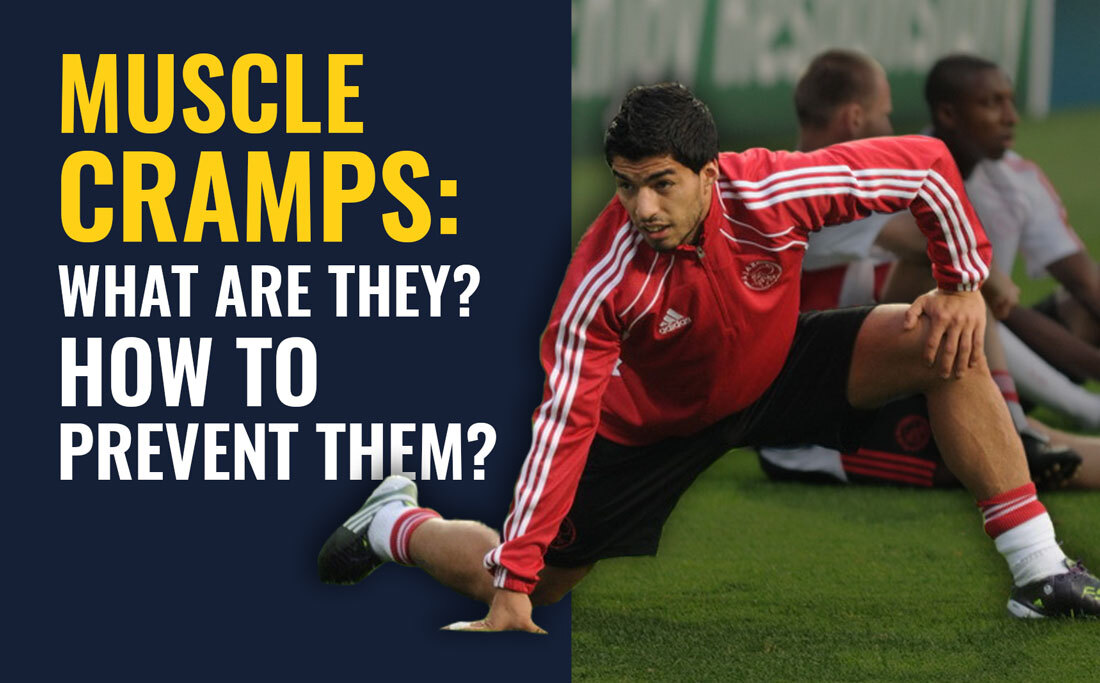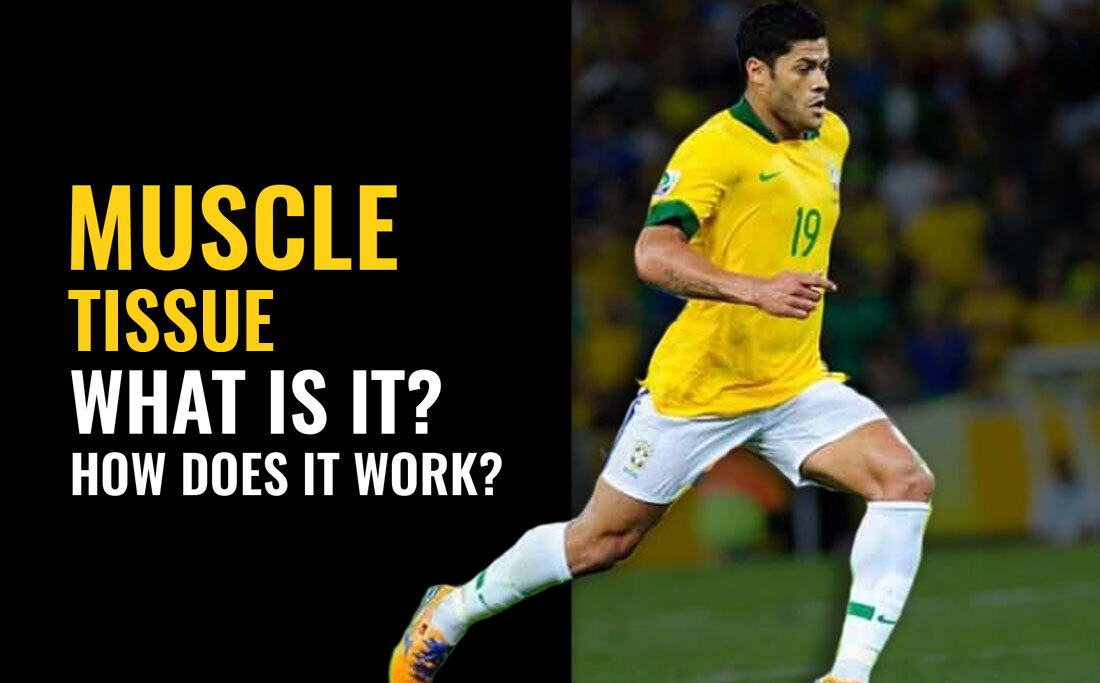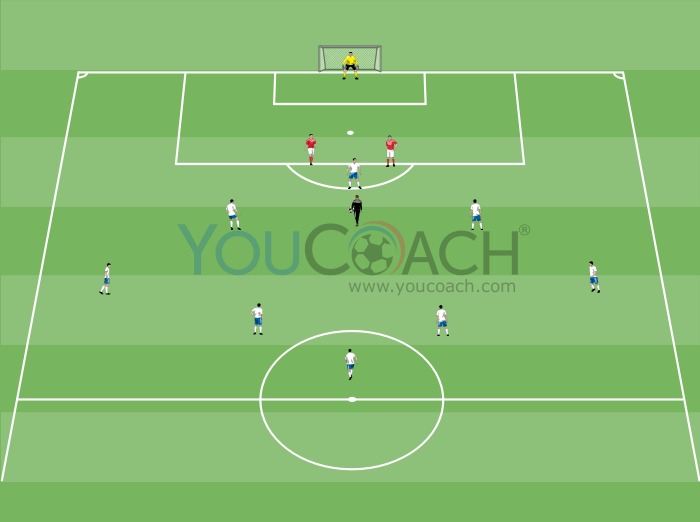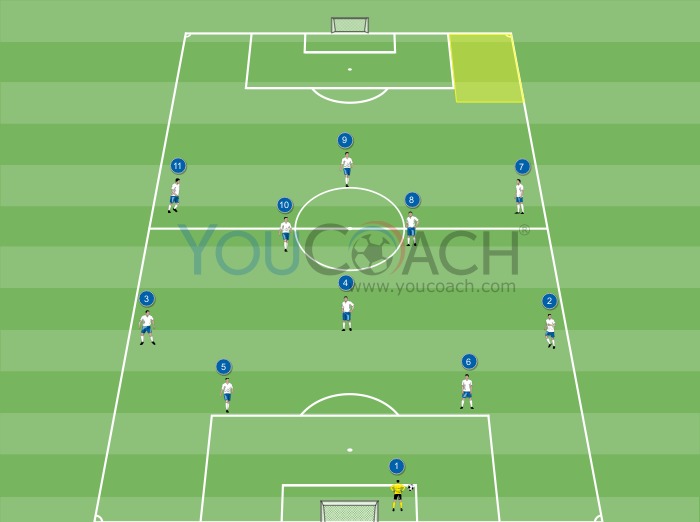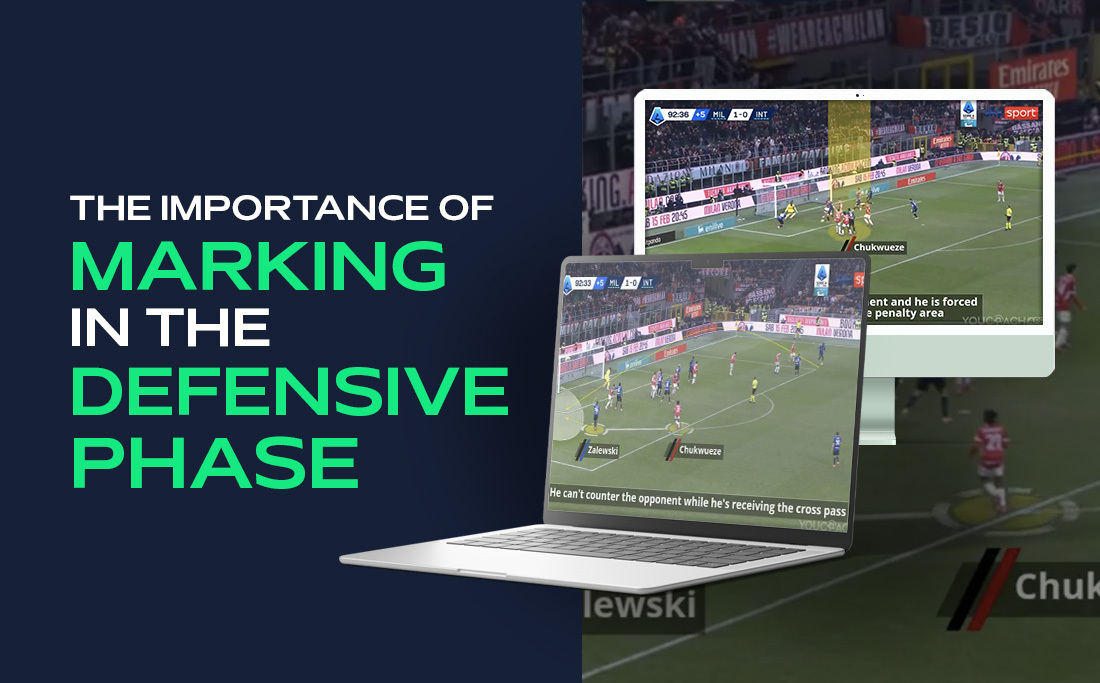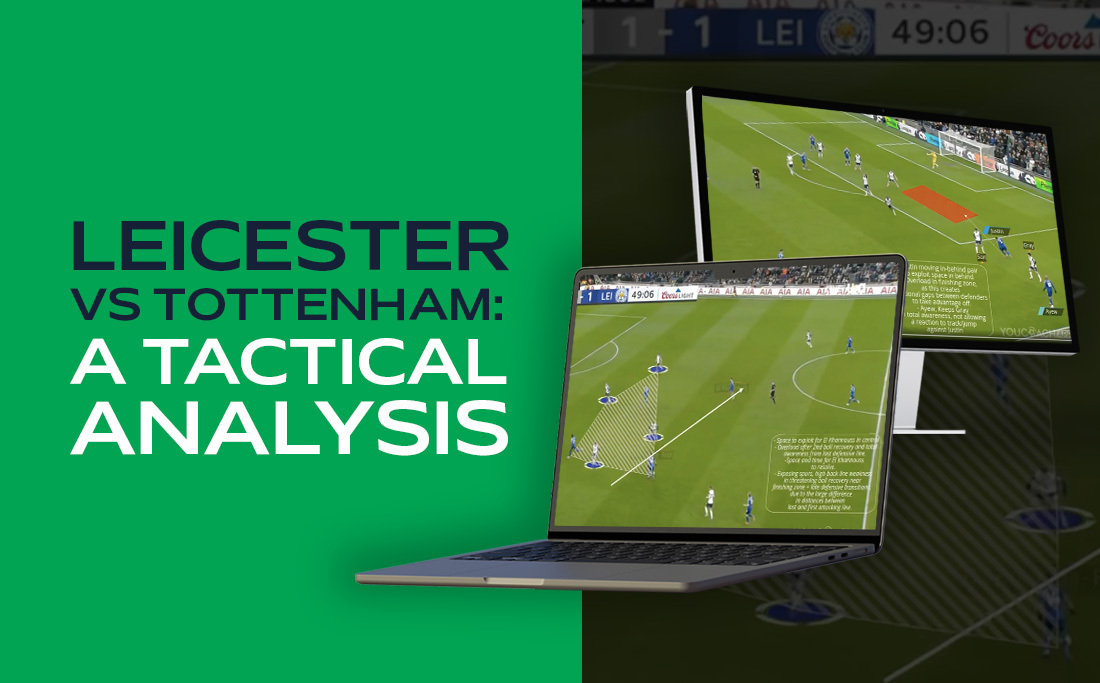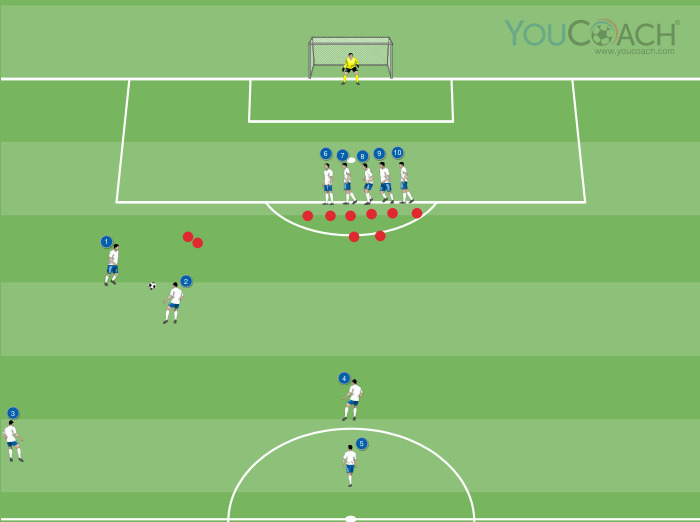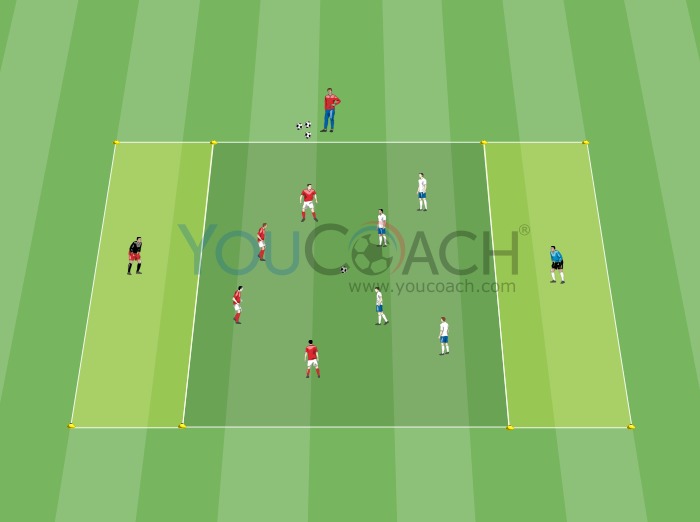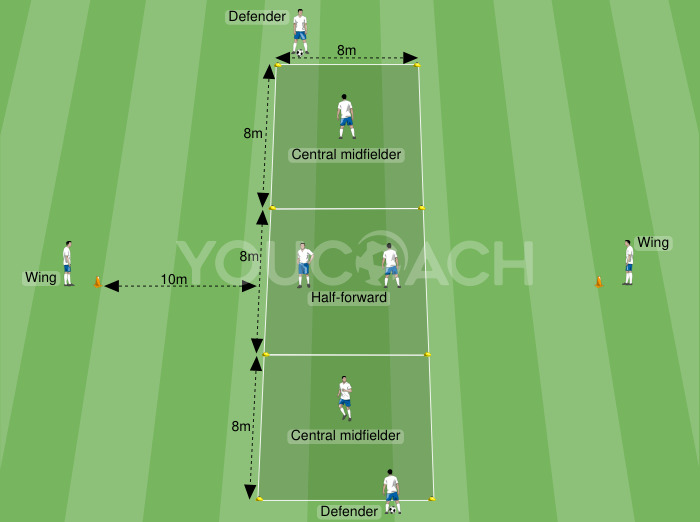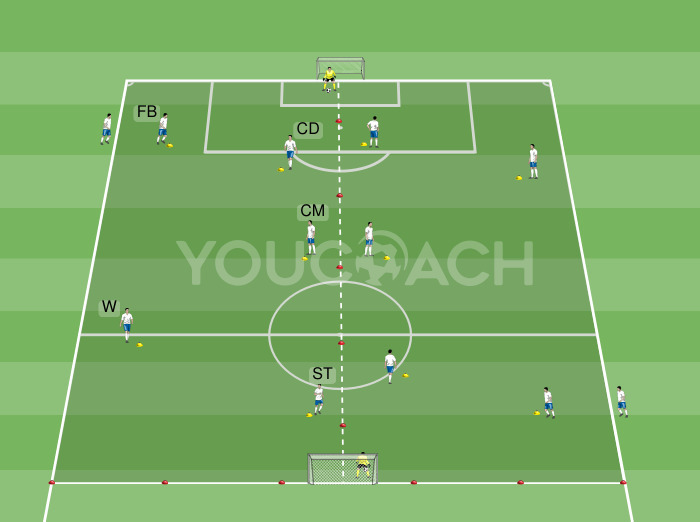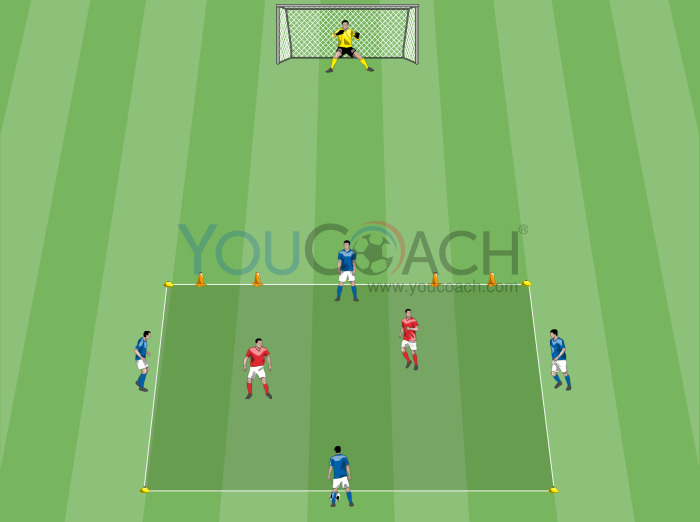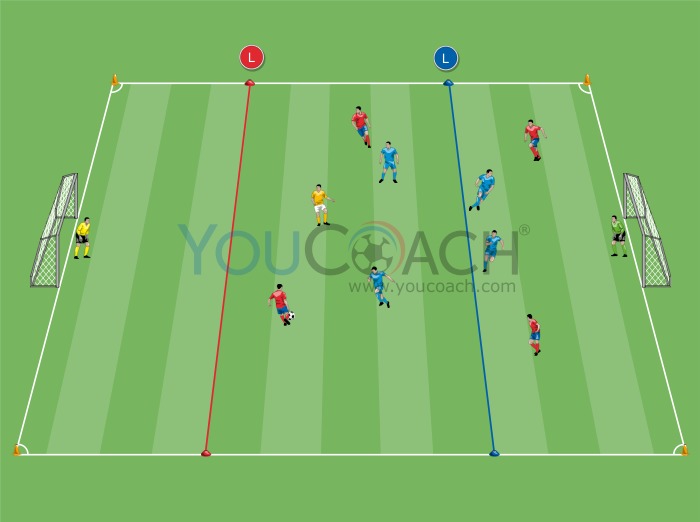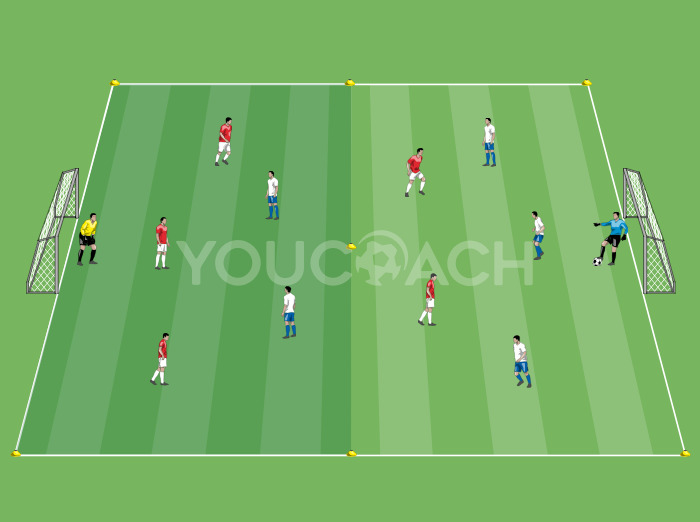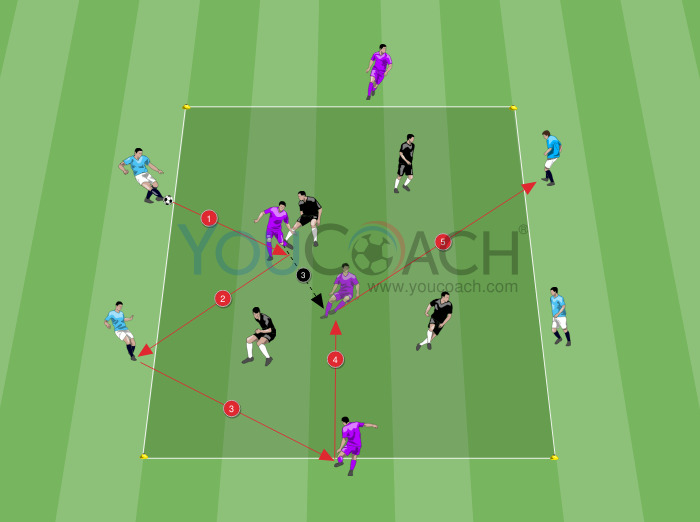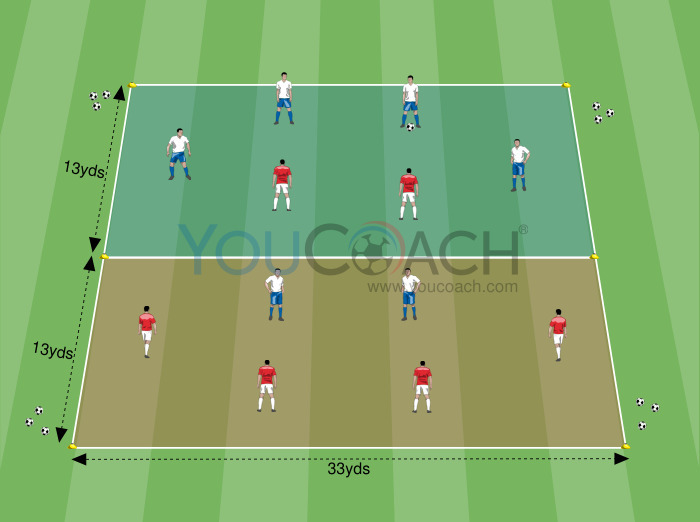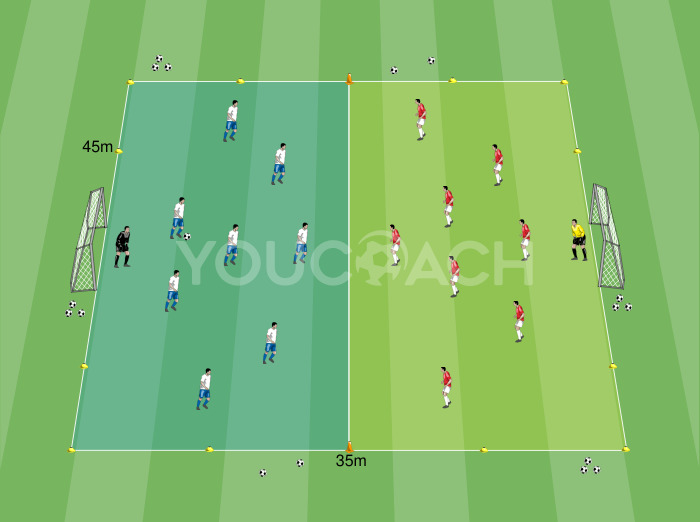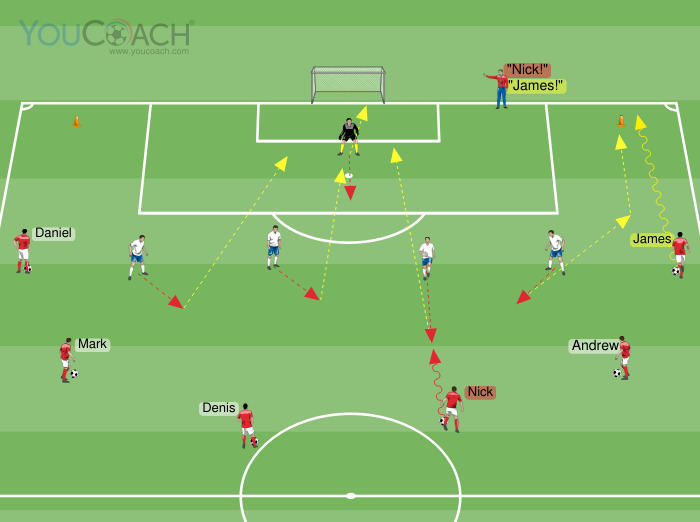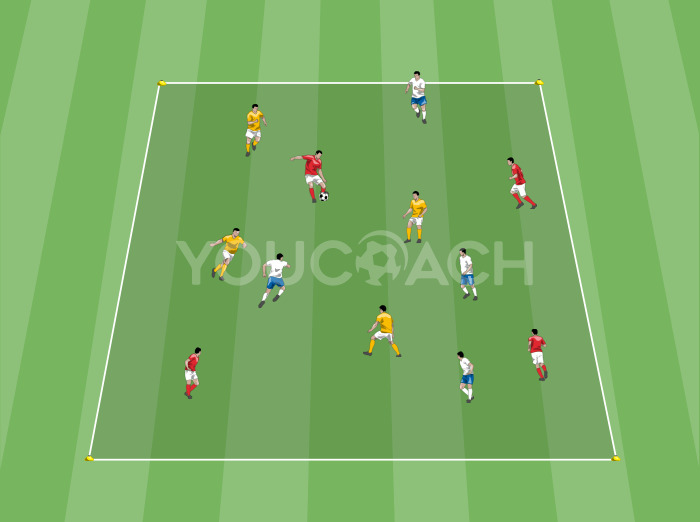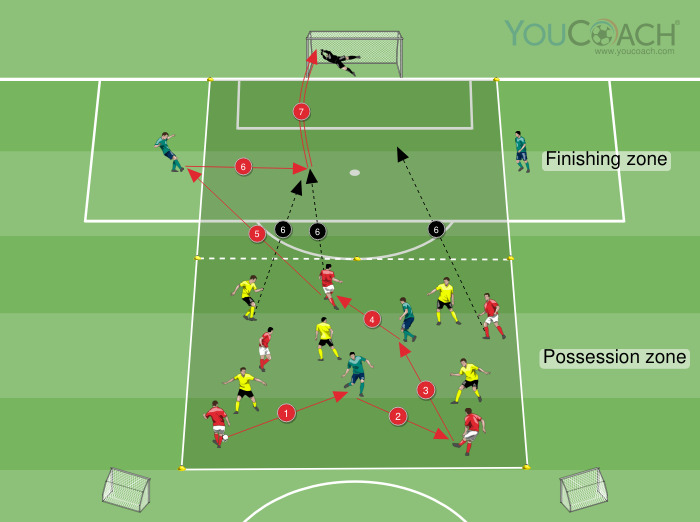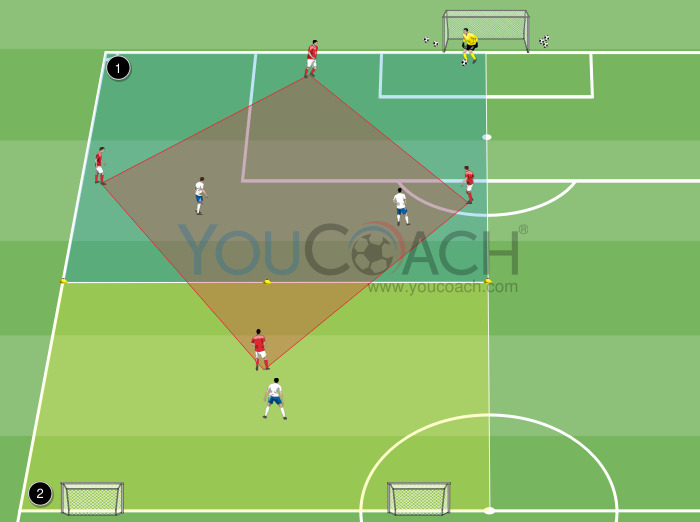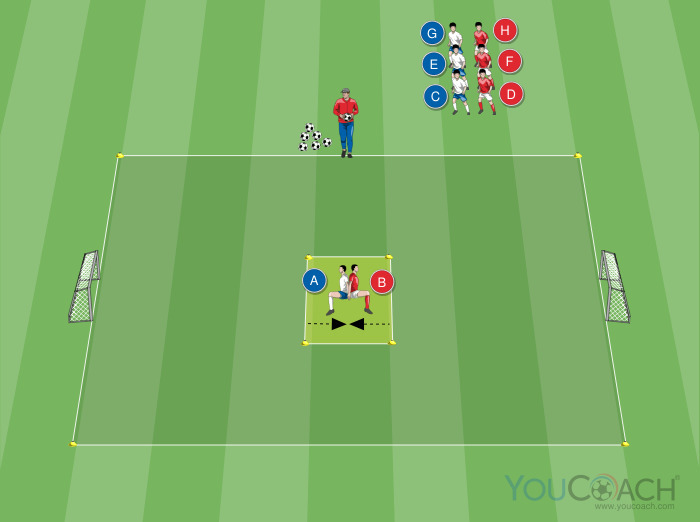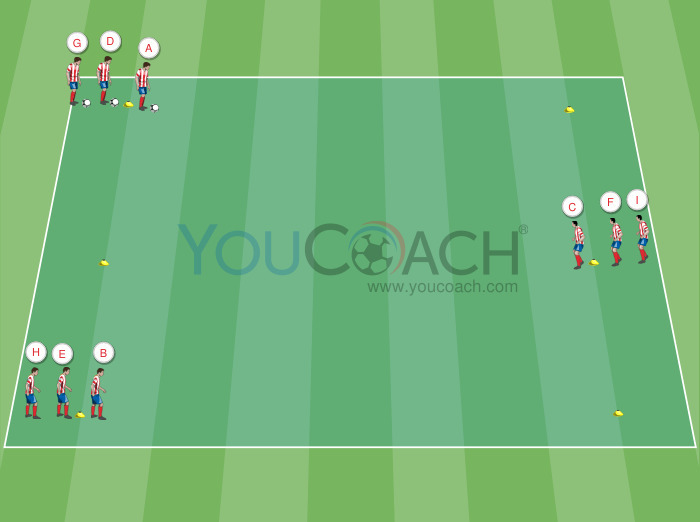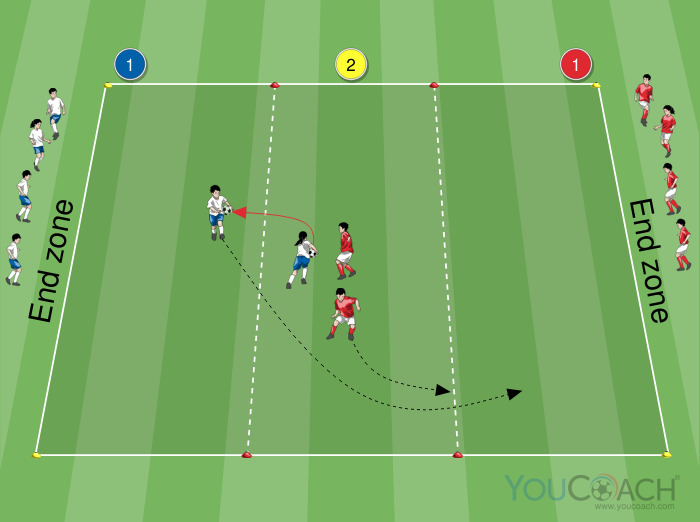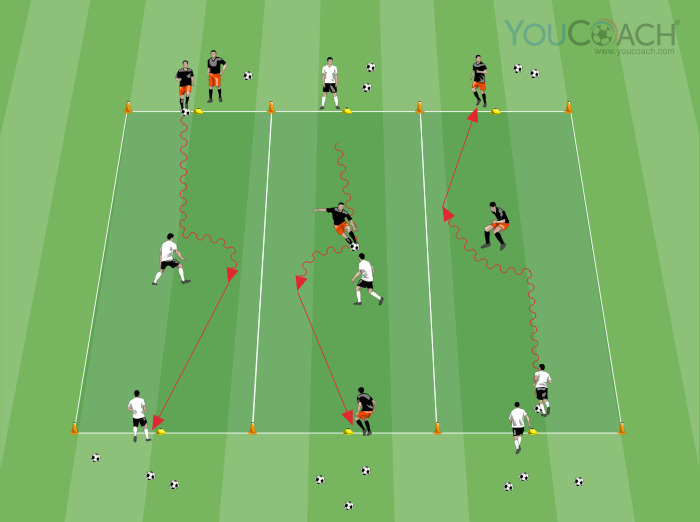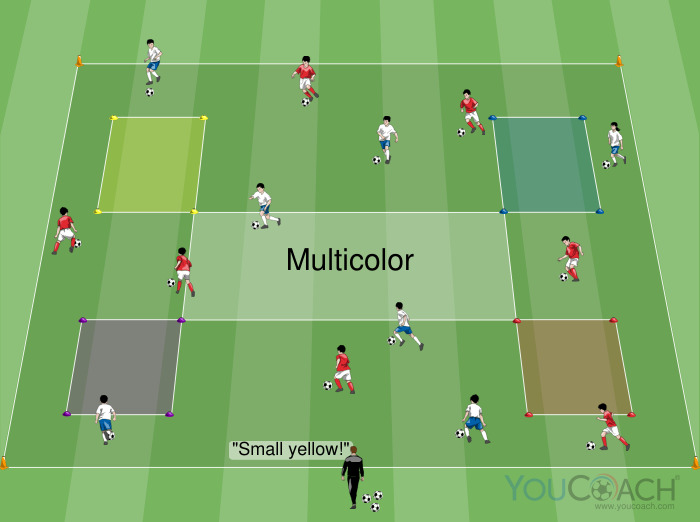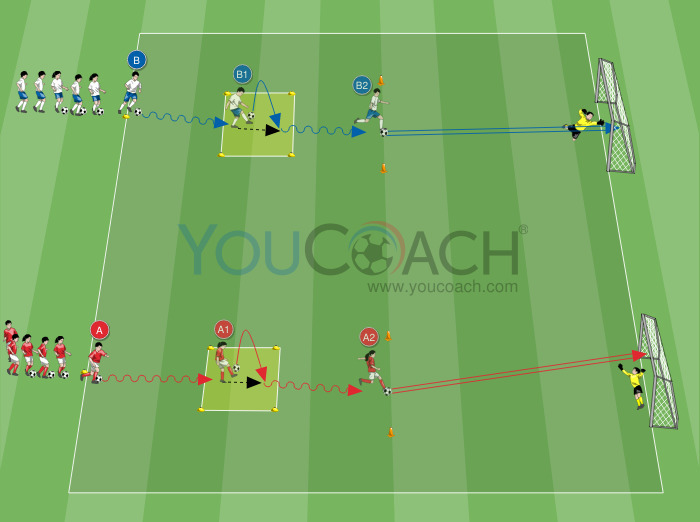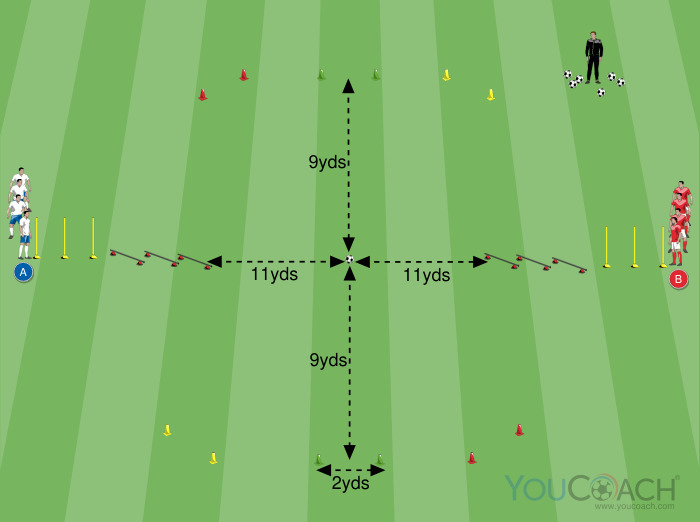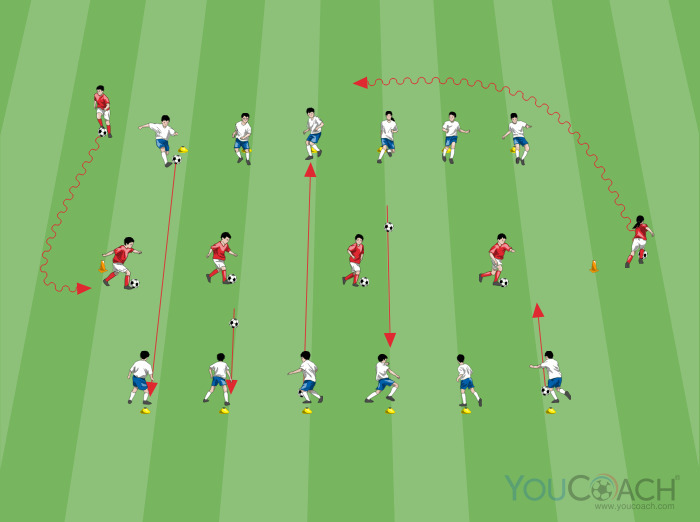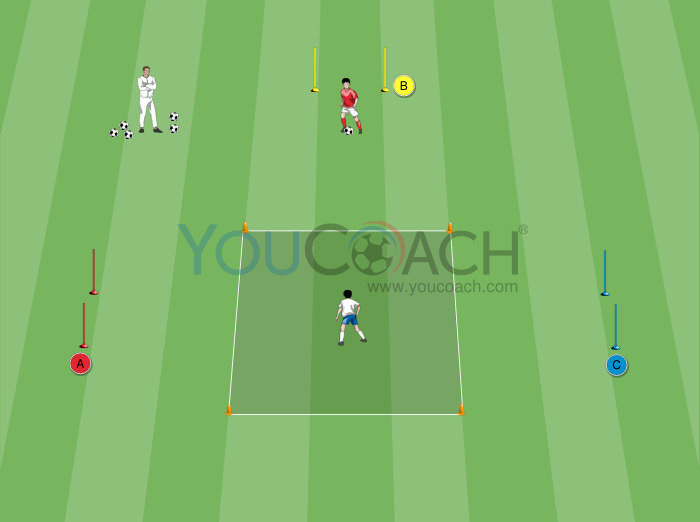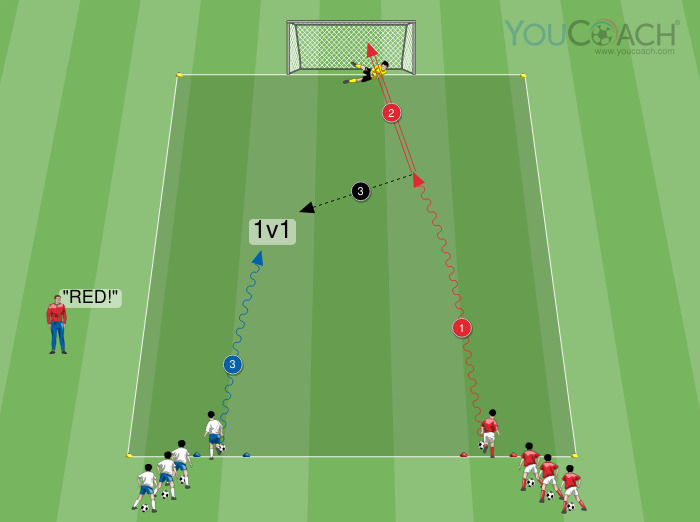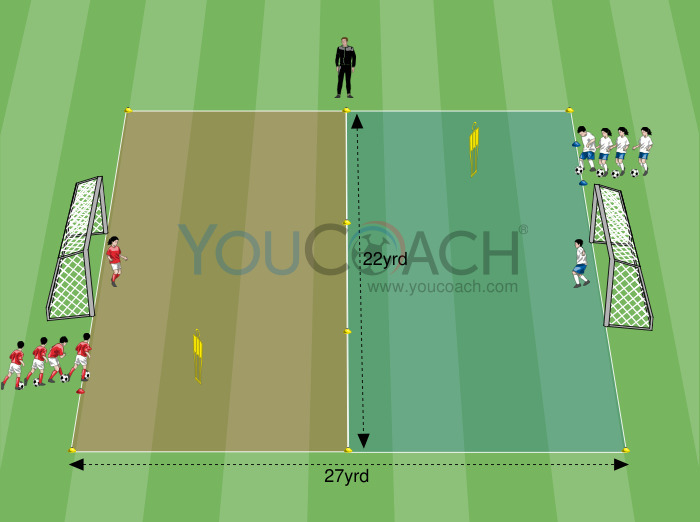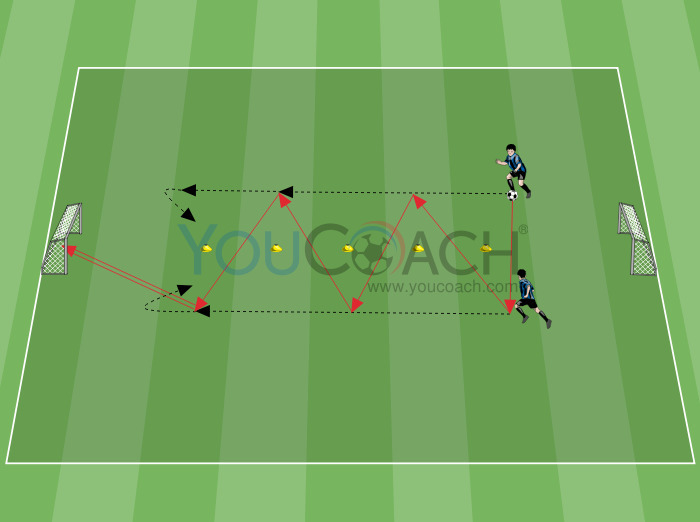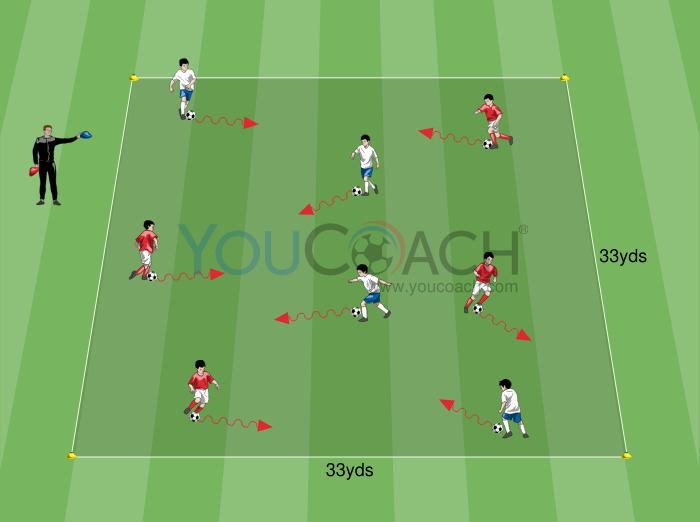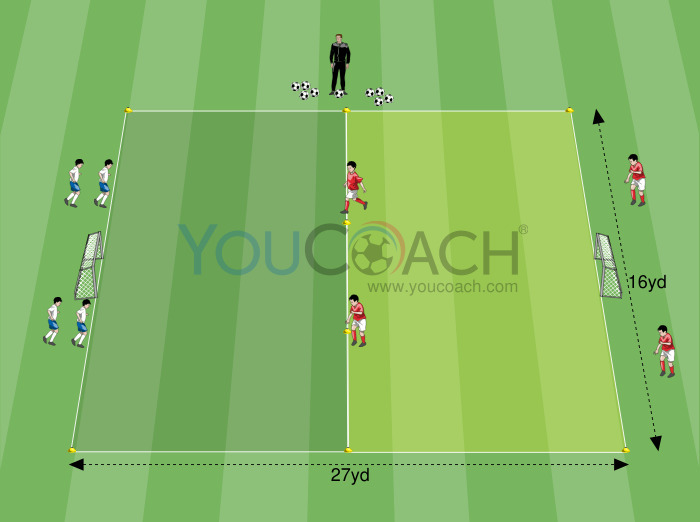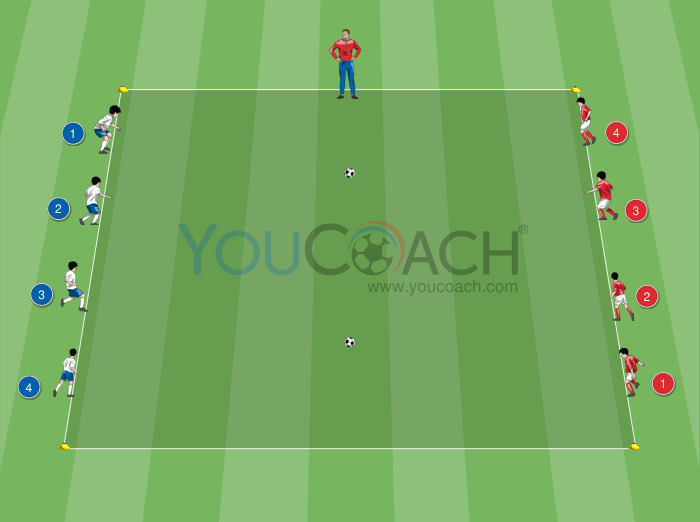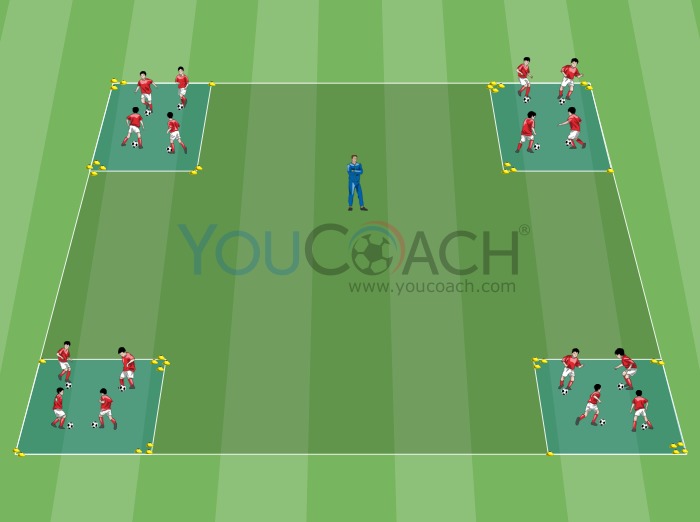Functional muscle injuries: how to recognize them and what to do?
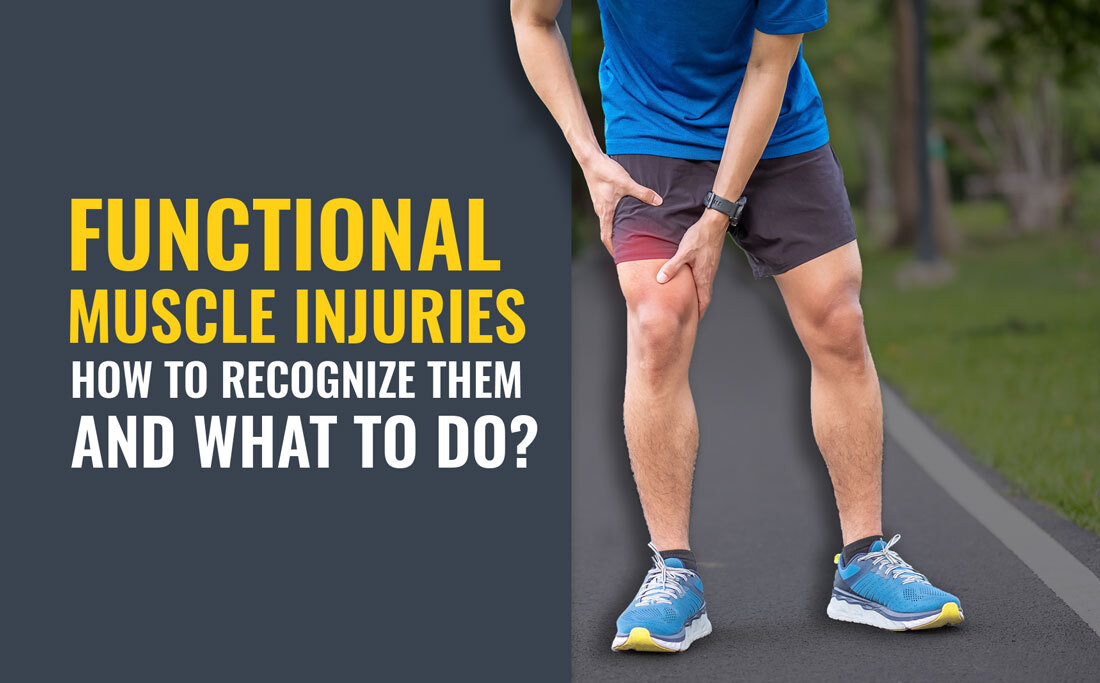
|
These accidents are milder than sprains and strains but they are also more frequent: what to do in such cases? |
Functional injuries are those muscle accidents in which you can’t see an anatomical damage of the fibers, but in which you can only notice a more or less strong limitation of the muscle’s ability to contract and produce movement, or to tolerate lengthening.
The accidents commonly referred to as “contracture”, “tenderness” or “hardening” are part of this macro category.
They are considered minor accidents and are more common than the gravest structural injuries (sprain and pulled muscle).

HOW TO RECONGNIZE THEM?
One significant clue to differentiate them from structural injuries is through their beginning. While a structural damage presents in an acute way, functional pains have a more deceitful beginning, which can be difficult to detect for the player.
Sometimes the pain can even presents a few hours after the sporting activity: it happens mainly when there is the so –called muscular hardening mediated by fatigue.
They are also characterized by a diffused pain, even runs through a muscle or a muscle group, whereas structural injuries are accurately detectable.
A fundamental diagnostic criteria to detect them is the increase of tone compared to contralateral limb. However that has to be considered by a physiotherapist or a doctor, together with all the anamnesistic data collected. The muscle involved would prove “harder” than the contralateral one and it couldn’t be so tolerant to passive stretching.
In the picture, in red, you can see highlighted a possible pattern of pain for a functional injury of the calf. The pain is widespread, but localized and it affects a good part of the muscle stomach.
WHAT TO DO?
Even in this case, it is in the best interest of the athlete to be addressed to a professional who can thoroughly evaluate him and treat him accordingly. In case there isn’t a physiotherapist or a doctor, it is recommended not to take the initiative and suspend the athlete from the training, giving him time to rest and to call the right figure. That is because a functional injury may place the player at risk of running into a structural injury, which is an accident much more serious and with requires a long recovery time.

THE IMPORTANCE OF THE SPINAL COLUMN
According to the Munich Consensus Statement into classification of muscle injuries, there is a category of functional injuries (known as Ib) whose underlying cause can’t be found in the muscle itself, but in the neural structures that innervate it, or in the tissue that have a close connection with them (for example, the joints between vertebrae). In this case, a dysfunction of these articular interfaces determines a neural dysfunction which in turn causes a non-optimal functioning of the muscle tissue.
Once these dysfunctions have been detected, efforts will be made to act on them during treatment, to allow a return to a perfect functionality both of the muscle tissue and of the dysfunctional segment.
RECOVERY TIME
When there is a functional injury, the time necessary to return on the field is much more restrained compared to those required in case of anatomic damage. In fact we talk about a period between 1 and 7 days, if these injuries are promptly identified and treated adequately. Usually, a light aerobic training shall be granted since the first day. We have to remember that all these minor injuries, if we don’t give them proper time to heal, may give cause for more serious anatomic damage.
PRINCIPLES OF TREATMENT

At first it is totally necessary to avoid explosive movements so as you don’t further stress a tissue already in distress.
Manual techniques are then preferred for articular and muscle mobilization (for example, passive stretching techniques and reinvigorating massage) to normalize the muscle tone and to renovate a physiological tolerance to stretching.
In case there is a spine or other articulations dysfunction it is important to involve them in the rehabilitation program.
As already stated, a program of incremental aerobic run is recommended to maintain a certain level of athletic condition during the short period of differentiated training.
Massage is a therapeutic choice that helps muscle tissue to fully recover.


